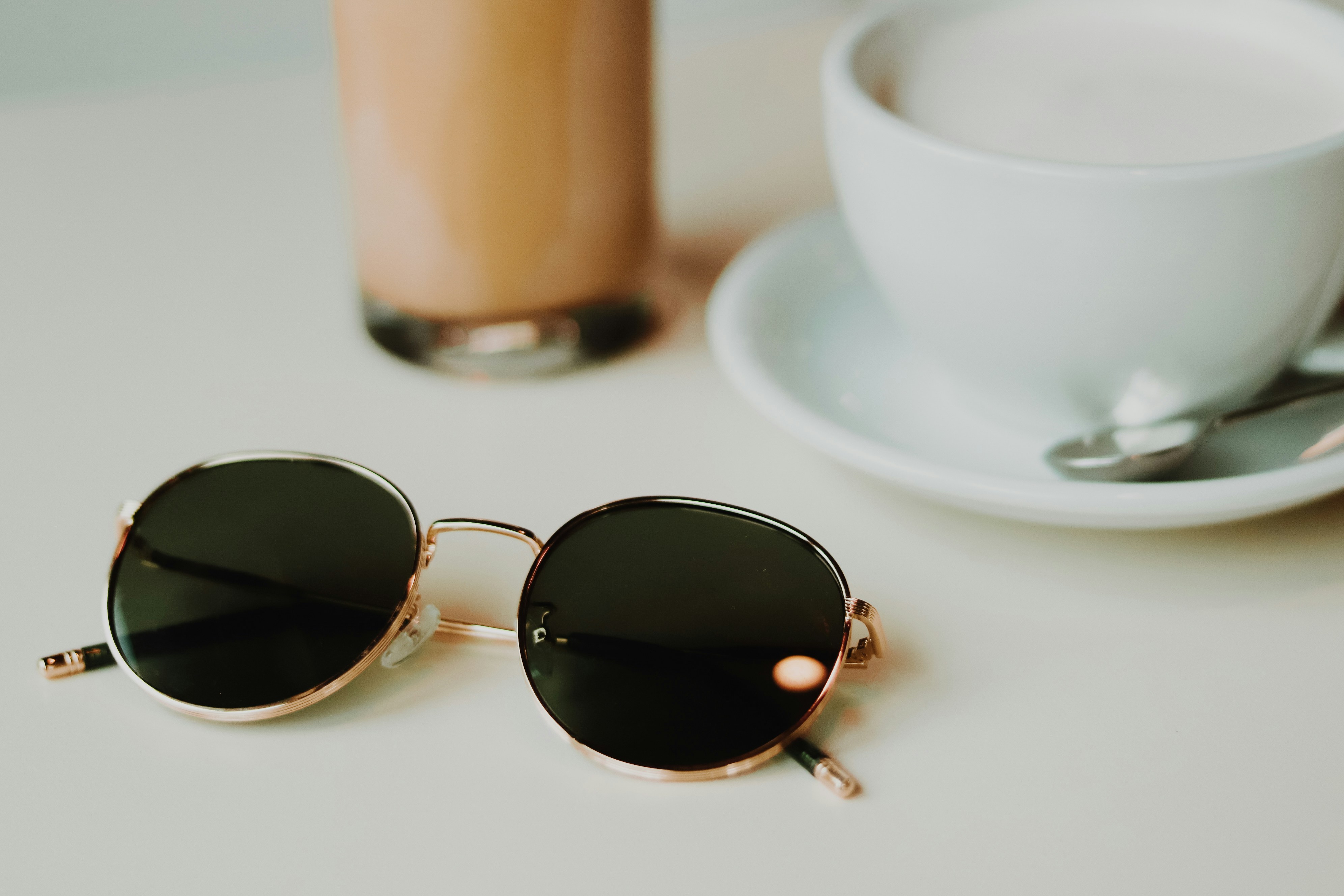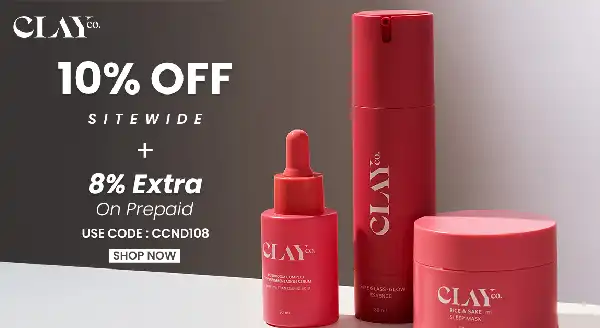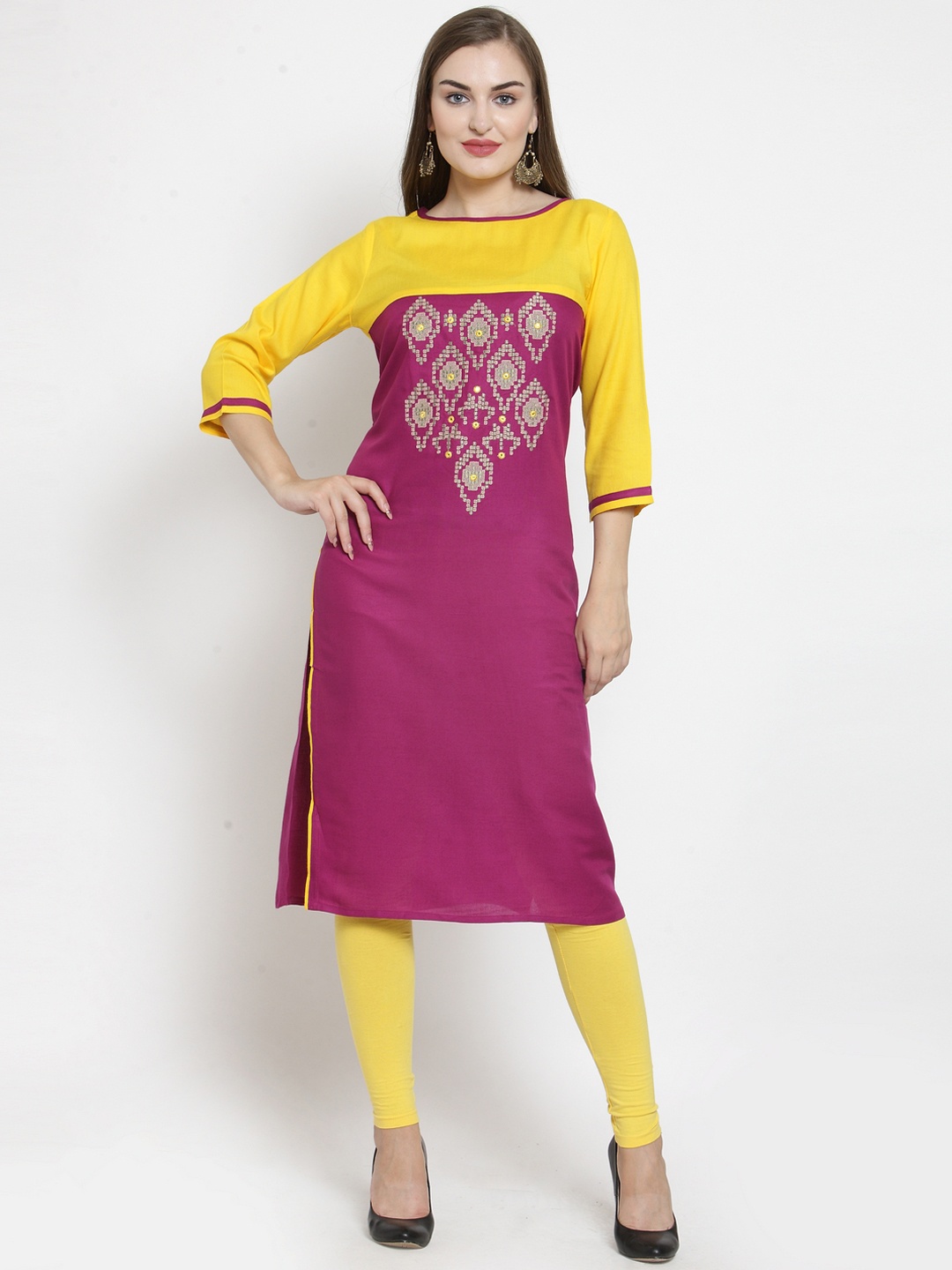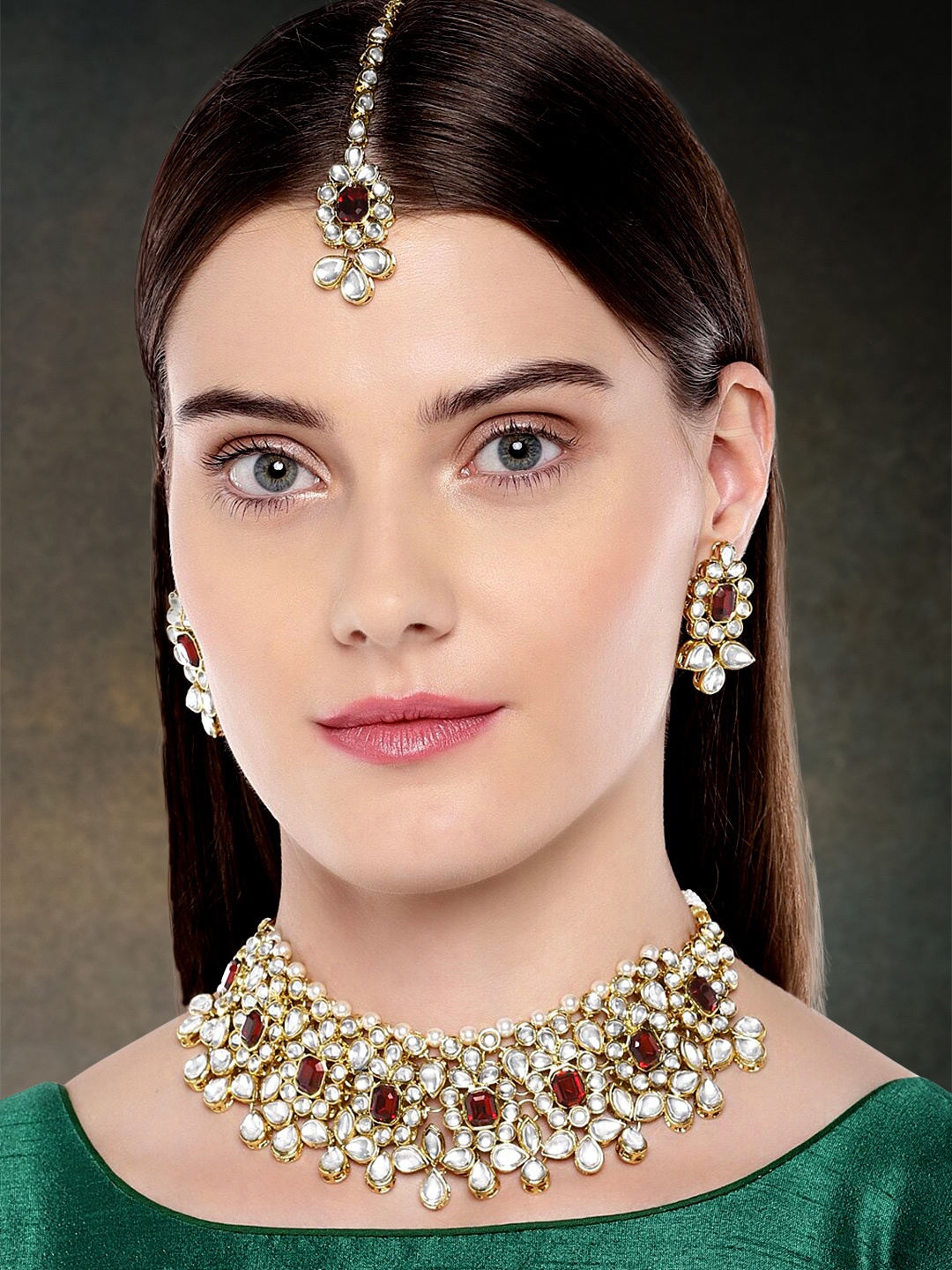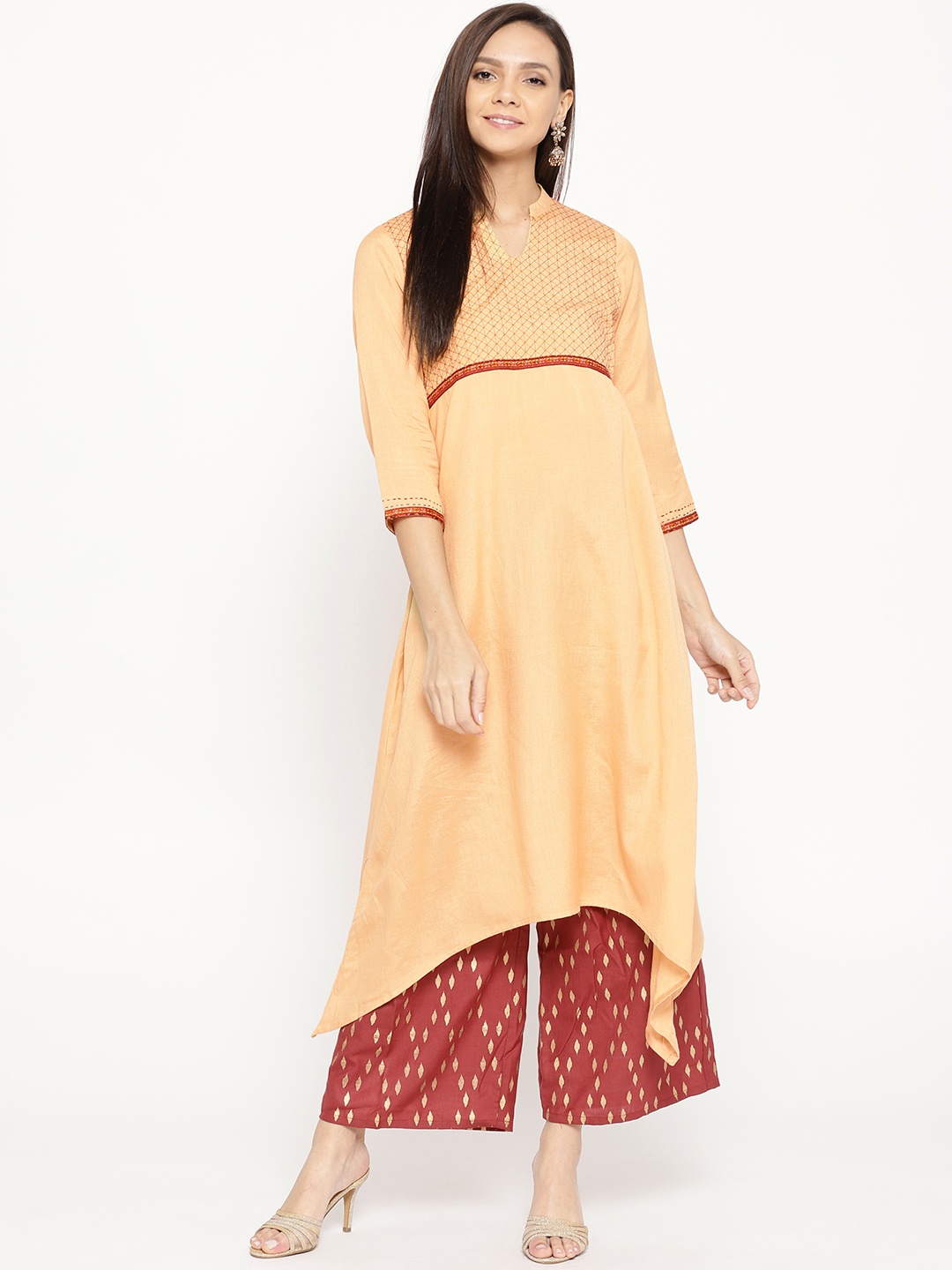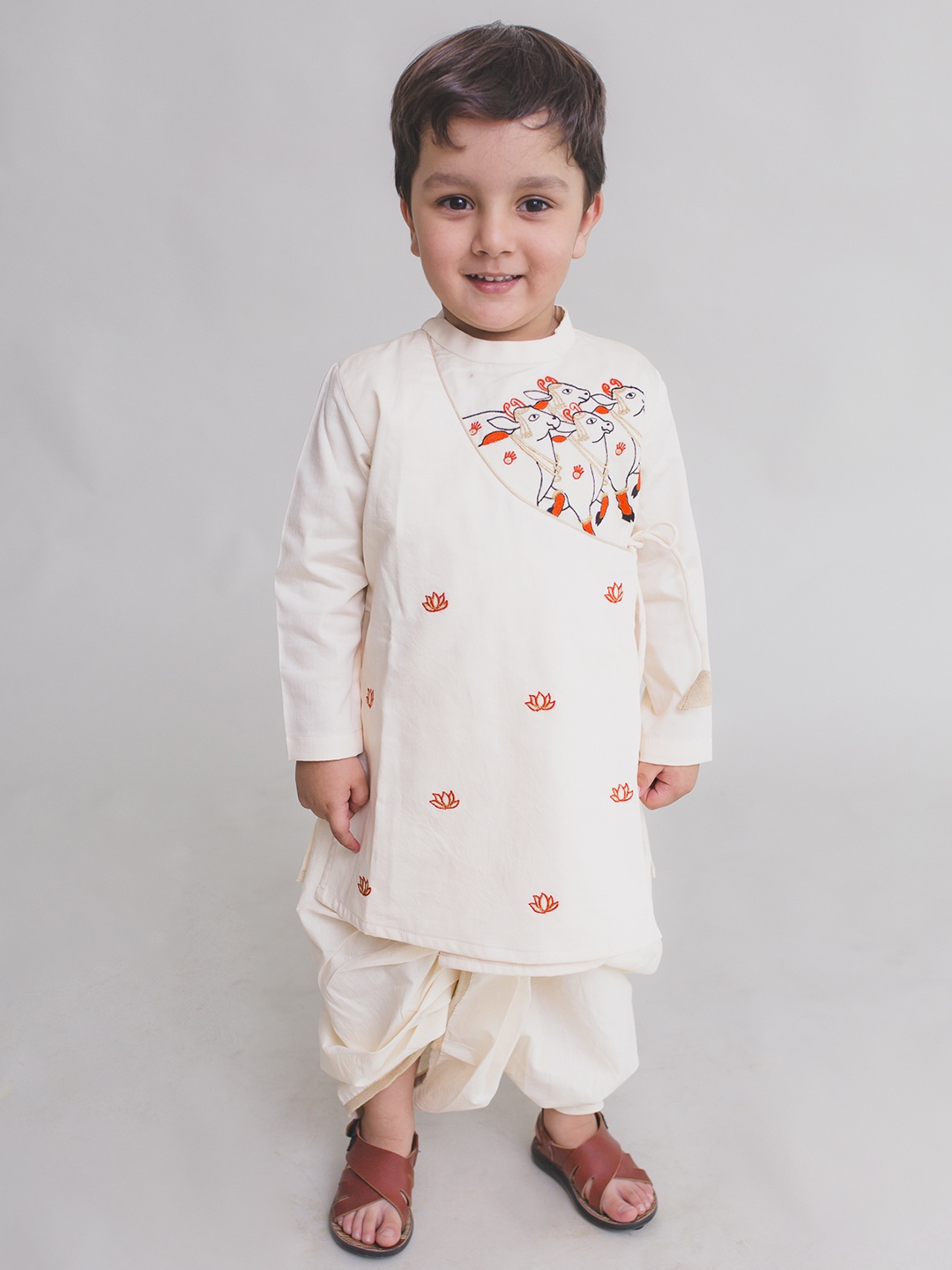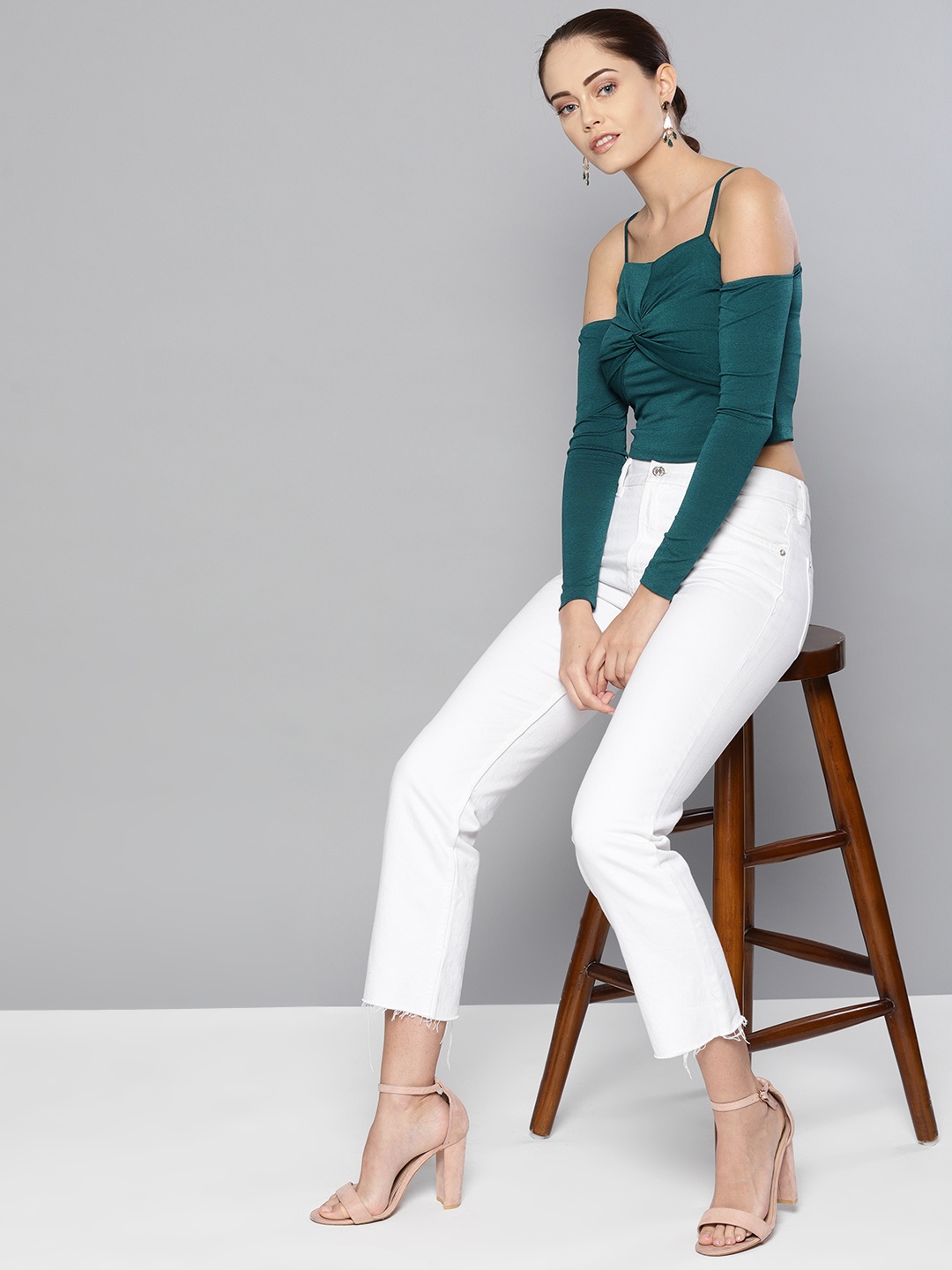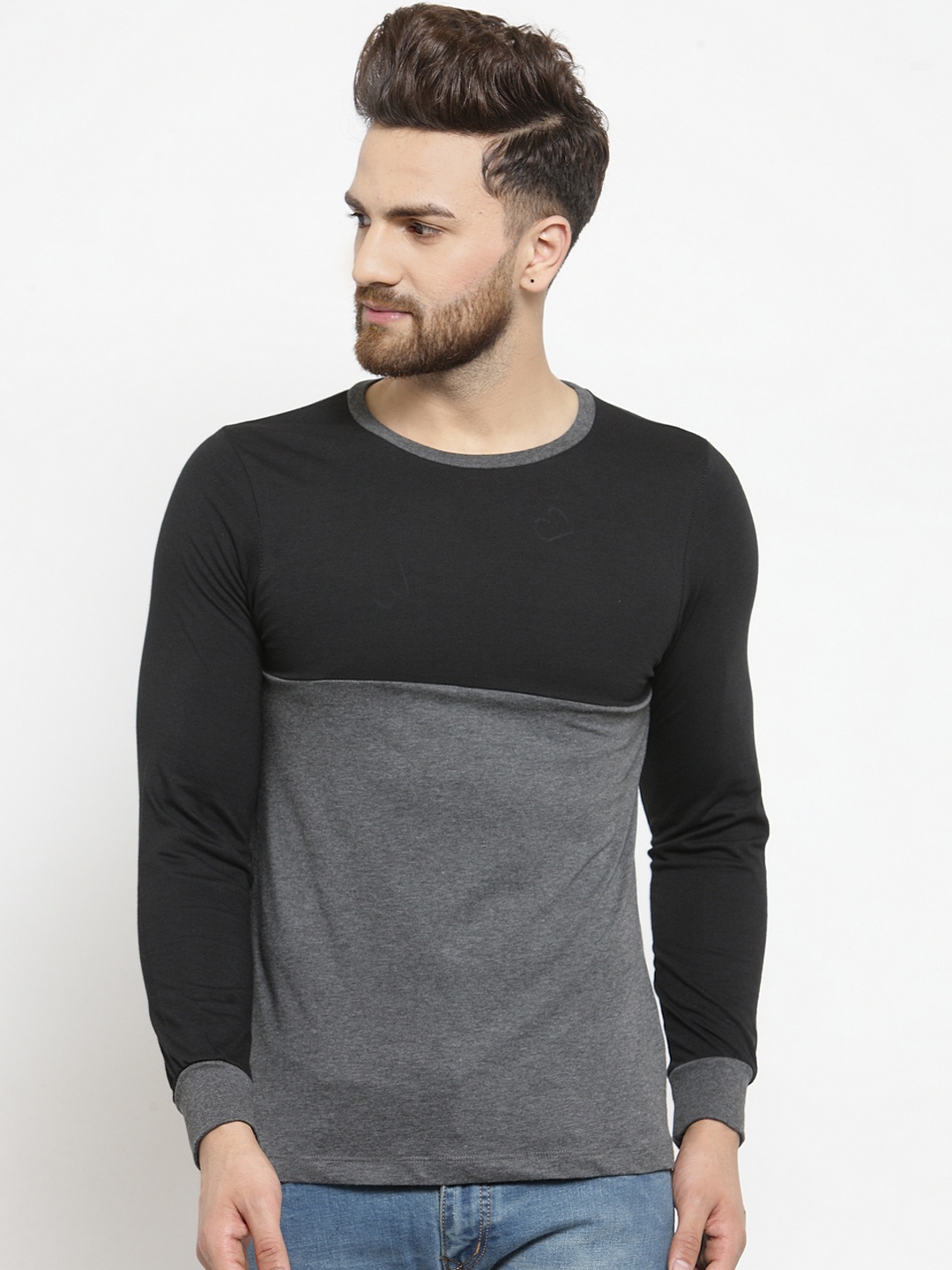How To Choose Sunglasses That Actually Protect Your Eyes From UV Rays
The suns rays can be harmful to your eyes, but the right sunglasses offer more than style, they provide essential protection against UV exposure. Heres how to make the right choice.

How To Choose Sunglasses That Actually Protect Your Eyes From UV Rays
Sunglasses are often seen as a stylish accessory, but their true value goes far beyond aesthetics. While a great pair of shades can elevate your look, their primary role is shielding your eyes from harmful ultraviolet (UV) rays. Prolonged exposure to UV radiation can lead to serious eye conditions, including cataracts, macular degeneration, and even temporary corneal damage. However, not all sunglasses provide adequate protection, and making the wrong choice could leave your eyes vulnerable. If you think any pair of tinted lenses will do the job, think again. The right sunglasses should block 100% of UVA and UVB rays, ensuring your vision remains safe and healthy. With so many options on the market, understanding what makes a pair truly protective is key. In this guide, we'll walk you through everything you need to consider* when choosing sunglasses that safeguard your eyes while keeping you stylish.
Also Read: Cool Looks Start With Sunglasses: Bag Sunglasses From Ray-Ban And Idee Under ₹18,000 On Myntra
1. Understanding UV Protection Levels
Not all sunglasses provide full UV protection, which is why checking the UV rating is crucial. The best sunglasses will block 100% of UVA and UVB rays, ensuring no harmful radiation reaches your eyes. Some lower-quality lenses may reduce brightness but fail to filter UV rays, leaving your eyes exposed despite the tint. Look for*UV 400 protection, which means the lenses effectively block all light waves with a wavelength up to 400 nanometres including both UVA and UVB rays. Don't be fooled by dark lenses, as tint alone does not equate to UV protection. Always check the label or consult the manufacturer to ensure your sunglasses offer the necessary shielding.
2. Polarised vs. UV-Protective Sunglasses
Many people confuse polarisation with UV protection, assuming that polarised lenses offer superior defence against UV rays. While polarisation reduces glare, making it easier to see in bright conditions, it does not inherently block UV radiation. Polarised sunglasses are excellent for driving, water activities, and outdoor sports as they cut down reflections, reducing eye strain. However, the best protection comes from UV 400 lenses that also incorporate polarisation. If you're shopping for sunglasses, make sure they offer **both features to ensure maximum safety and comfort.
3. Lens Material Matters
Different lens materials provide varying levels of clarity, durability, and UV protection. Common options include polycarbonate, glass, and plastic each with distinct advantages and drawbacks. Polycarbonate lenses are lightweight, impact-resistant, and naturally filter some UV radiation, making them ideal for sports and active lifestyles. Glass lenses offer crystal-clear vision and scratch resistance, but they can be heavier and prone to shattering. Standard plastic lenses are more affordable but typically require special coatings to achieve full UV protection. When shopping for sunglasses, opt for high-quality polycarbonate or glass lenses with built-in UV filtering to guarantee long-term eye safety.
4. The Importance of Wraparound & Oversized Frames
The shape of your sunglasses plays a significant role in shielding your eyes from peripheral sunlight exposure. Many stylish sunglasses leave gaps at the sides, allowing UV rays to enter from various angles. Wraparound sunglasses offer maximum coverage, preventing UV radiation from reaching your eyes from the sides. Oversized frames also help reduce sun exposure, protecting the delicate skin around your eyes and minimising the risk of wrinkles caused by UV damage. When choosing sunglasses, consider designs that provide full coverage rather than just a fashionable appeal.
5. The Role of Lens Colour And Tint
Sunglasses come in a variety of colours, but the tint alone doesn't determine their UV protection level. While grey, brown, and green lenses help improve contrast and reduce glare, UV filtering depends on the coating applied to the lens rather than the colour itself. Dark-tinted sunglasses without proper UV protection can be dangerous, as they cause your pupils to dilate, allowing more UV rays into your eyes. When selecting a pair, focus on UV protection rather than lens colour. That said, if you engage in specific activities like skiing or fishing, brown or amber-tinted lenses can help enhance visual clarity and reduce glare more effectively.
6. Checking Sunglasses for Certified UV Protection
When buying sunglasses, always check for certified UV protection labels from recognised standards. In the UK, high-quality sunglasses should comply with British Standard BS EN ISO 12312-1, ensuring full UV protection. Brands that meet standards such as CE certification guarantee that their lenses block UV radiation effectively. Avoid purchasing cheap sunglasses without certification, as they may lack proper filtering, leaving your eyes vulnerable to UV damage. Whenever possible, buy from *trusted retailers or opticians that provide detailed protection ratings.
7. UV Protection for Different Activities
Not all sunglasses are suited for every activity some are better tailored to specific needs. If you spend a lot of time outdoors, selecting activity-specific sunglasses can enhance both comfort and protection.
Driving: Polarised sunglasses with UV protection reduce glare and improve visibility.
Sports And Outdoor Adventures: Impact-resistant polycarbonate lenses protect your eyes from sudden shocks and debris.
Beach & Water Activities: Sunglasses with mirror-coated lenses provide extra glare reduction while blocking harmful reflections from water surfaces.
Snow And High Altitudes: High-altitude environments require darker lenses to protect against excessive UV exposure.
Choosing the right sunglasses for your environment ensures optimal eye health without sacrificing comfort.
8. How Price & Brand Affect UV Protection
Luxury brands often charge premium prices for their sunglasses, but higher cost doesn't always mean better UV protection. Some mid-range brands offer exceptional UV filtering, while certain designer sunglasses focus more on branding than functionality. Instead of shopping based on brand prestige, prioritise UV 400 labels, material quality, and lens certifications. Reliable eye protection is more important than a designer label, so focus on verified performance over fashion appeal.
9. Sunglasses for Children And Seniors
Protecting young eyes is crucial, as children's eyes are more susceptible to UV damage due to their developing lenses. Sunglasses designed for kids should offer 100% UV protection, have shatterproof lenses, and provide comfortable, snug-fitting frames to prevent exposure. For seniors, UV protection is equally vital in reducing the risk of age-related macular degeneration. Sunglasses with anti-glare coatings and blue-light filtering can improve vision clarity while safeguarding eye health. Prioritising high-quality lenses ensures lifelong protection against harmful sun exposure.
10. Caring for Your Sunglasses to Maintain UV Protection
Proper maintenance keeps sunglasses effective over time. Scratches or damaged coatings can reduce UV protection, making upkeep essential. Store your sunglasses in a protective case to prevent lens scratches. Clean them regularly with a microfibre cloth and lens cleaner—avoid using tissues or clothing, as rough fabrics can damage coatings. If lenses become scratched or worn, replace them promptly to ensure continued UV protection.
Taking care of your sunglasses ensures long-lasting defence against harmful sun exposure, keeping your eyes safe season after season.
Products Related To This Article
1. Ted Smith Unisex Grey Lens Rectangle Sunglasses
2. Vincent Chase by Lenskart Unisex Grey Lens & Black Wayfarer Sunglasses
3. Ted Smith Wayfarer Sunglasses with UV Protected Lens
4. HASHTAG EYEWEAR Women Oversized Sunglasses
5. Ted Smith Women Grey Lens Butterfly Sunglasses
6. Voyage Unisex Black Lens & Silver-Toned Oval Sunglasses
7. Ted Smith Women Brown Wayfarer Sunglasses
8. Voyage Polarised And UV Protected Lens
Frequently Asked Questions (FAQs)
1. How do you know if sunglasses provide proper UV protection?
Always check for UV 400 labels, which indicate that the lenses block 100% of UVA and UVB rays. Sunglasses without a clear UV rating may only reduce brightness but fail to shield your eyes from harmful radiation. Buying from trusted brands with *CE certification* ensures high-quality UV protection.
2. Does the darkness of the lens affect UV protection?
No, darker lenses don't necessarily offer better UV protection. UV filtering depends on special coatings applied to the lens, not the tint. In fact, low-quality dark sunglasses can be harmful because they cause your pupils to dilate, increasing exposure to unfiltered UV rays.
3. Are polarised sunglasses the best choice for UV protection?
Polarised lenses reduce glare, making them excellent for driving and outdoor activities, but they don't automatically provide UV protection. For maximum safety, choose sunglasses that are both polarised and UV 400-certified, ensuring optimal clarity and shielding against harmful sun exposure.
4. What type of sunglasses are best for prolonged sun exposure?
For extended time outdoors, wraparound or oversized sunglasses provide better coverage, blocking UV rays from entering at the sides. Mirror-coated lenses can further enhance protection by reducing glare, making them ideal for high-sun environments like beaches and snowy locations.
5. Can children and seniors wear regular sunglasses?
No, children's eyes are more sensitive to UV exposure, so they need shatterproof lenses with full UV protection. Seniors should also prioritise sunglasses with anti-glare coatings and blue-light filtering, helping reduce the risk of age-related vision problems while maintaining clarity.
Choosing sunglasses isn't just about style, it's about safeguarding your eyes from harmful UV rays that can lead to serious eye conditions. By opting for UV 400-certified lenses, activity-specific designs, and high-quality materials, you can enjoy both fashion and function without compromising eye health. When shopping for your next pair, don't just follow trends, prioritise protection, durability, and comfort. Your eyes deserve the best, and with the right sunglasses, you can enjoy every sunny day without worry.
Disclaimer: The images used in this article are for illustration purposes only. They may not be an exact representation of the products, categories, and brands listed in this article.


